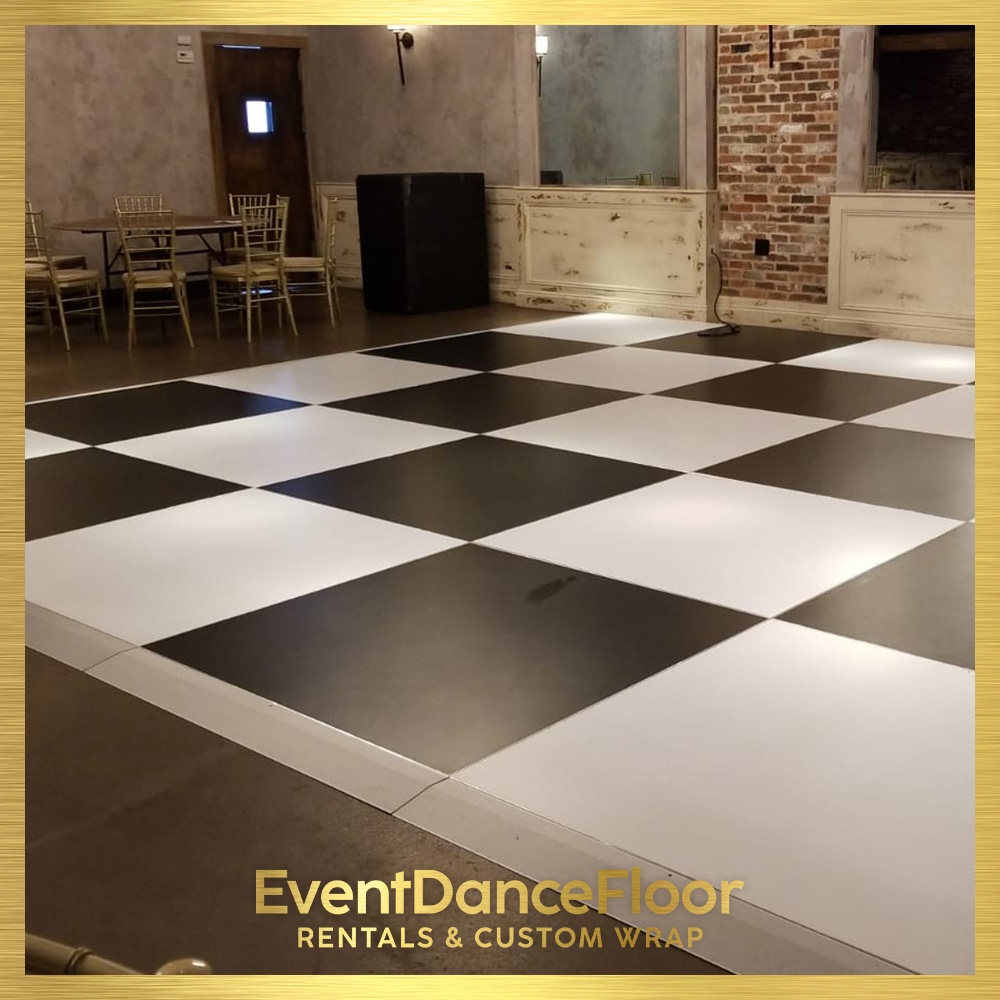Biometric Analysis for Dance Performance Enhancement
How can biometric analysis be used to measure the precision of dance movements?
Biometric analysis can be utilized to measure the precision of dance movements by tracking and analyzing specific physical characteristics such as muscle activation patterns, joint angles, and body alignment during a performance. By capturing data on these biometric markers, researchers and dance instructors can objectively assess the accuracy and consistency of a dancer's movements, providing valuable insights into their technique and overall performance quality.
Gesture-Controlled Lighting Systems





